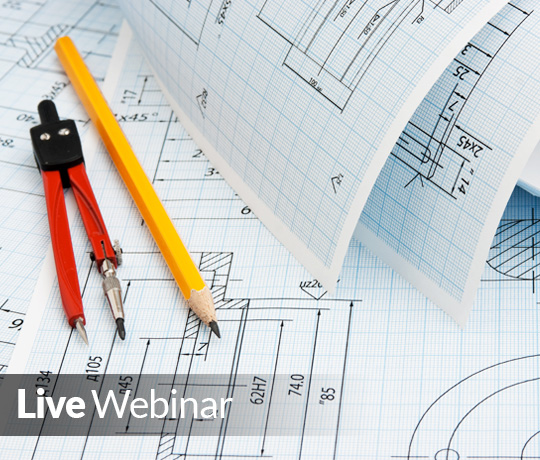Live Webinar
Stay up to date on the latest changes.

Surface Drainage Insight- 09-30-25 - Ron Finger
$19.95 $19.95
- SKU : LWP093025
- OUR PRICE : $19.95
- CREDIT HOURS : 1
Surface Drainage Insight
Date: 09/30/2025
Time: 3:00 PM - 4:00 PM EST
Credit: 1 Hour
COURSE DESCRIPTION & OUTLINE:
Drainage design is a critical component in any civil engineering project, yet its intricacies can often be overwhelming. Proper drainage ensures that water is effectively managed to prevent flooding, soil erosion, and structural damage.
Here’s how we break down the process.
Key Components of Drainage Design
To simplify drainage design, it’s essential to understand its main components:
1. Surface Drainage
Surface drainage involves the removal of water that collects on the ground surface. Key elements include:
• Slopes and Grading: Creating slopes that direct water away from structures.
• Gutters and Downspouts: Channeling roof water to designated drainage areas.
• Swales: Shallow channels that direct water flow across the landscape.
2. Subsurface Drainage
Subsurface drainage targets water that percolates into the soil. Key elements include:
• French Drains: Trenches filled with gravel or rock that redirect water away from areas prone to flooding.
• Drain Tiles and Pipes: Perforated pipes that collect and move water away from the foundation.
3. Stormwater Management
Managing stormwater effectively is crucial in urban and suburban areas. Key components include:
• Retention Ponds: Basins that hold water temporarily and release it slowly to reduce runoff.
• Detention Basins: Structures that store water and release it at a controlled rate to prevent flooding.
• Green Infrastructure: Features like green roofs, permeable pavements, and rain gardens that absorb and manage stormwater naturally.
Course Number: LWP093025
Field of Study: Civil
Level: Basic
Presenter:
Ronald Finger
Prerequisites:
None







0 Comments